The Court Square Fountain, located at Commerce Street and Dexter Avenue in the heart of Montgomery, Alabama is the center of history. Although the fountain was built in 1885, Court Square was once used as an auctioning block for slaves. It was from here the telegraph to start the Civil War was sent. And in 1955, the cycle came full circle when Rosa Parks boarded a bus in Court Square and was arrested for refusing to give up her seat to a white man as required by a city ordinance. With this bold step, Montgomery began a transformation from “The Cradle of the Confederacy” to “The Birthplace of Civil Rights.” Today you only have to walk a short distance to visit many of the sites that were crucial to the Civil Rights Movement or help preserve the past for future generations. Here are four must visit Civil Rights Sites in Montgomery, Alabama.
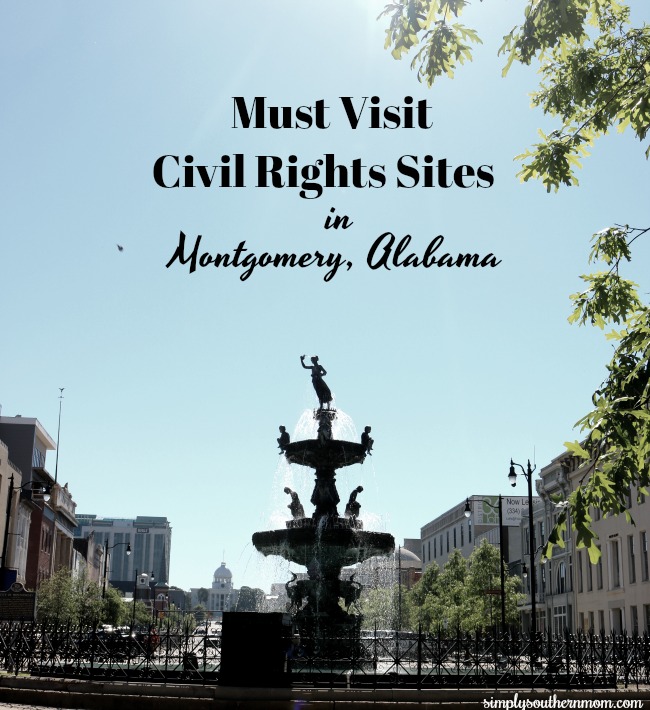
4 Important Civil Rights Sites in Montgomery, Alabama
1. Rosa Parks Library & Museum Start your tour with the woman who started it all, Rosa Parks. Located on the campus of Troy University at the site of her arrest, the Rosa Parks Library and Museum is an interactive experience for all ages. The tour begins with a 3-D presentation of Ms. Parks’ refusal to vacate her seat and her subsequent arrest. This presentation, using dialogue from the times, as well as a graphic presentation of the bus ride, is designed to capture the attention of adults and children. After the presentation everyone in the room stood silently, staring at the wall, forgetting to enter the next section of the exhibit.
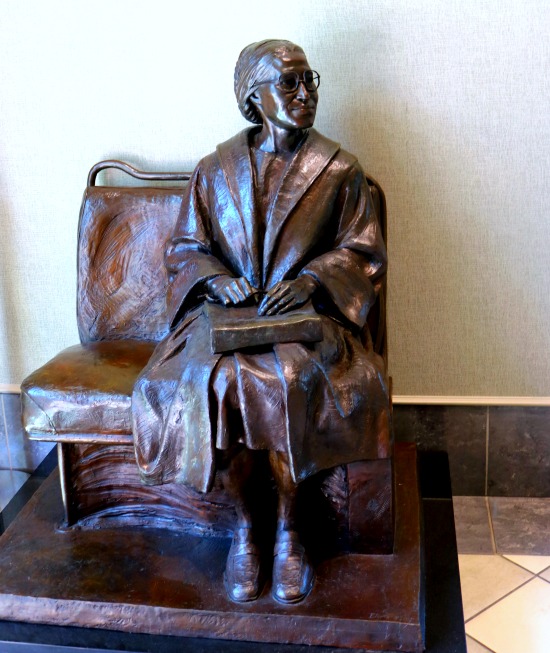
The museum continues with artifacts from the Montgomery Bus Boycott, along with descriptions of the hardships faced by the people involved in the movement. Did you know that when people tried to help others by driving them to their jobs, they were fined or arrested if they accepted money for gas? Several of the Montgomery churches who supported the movement came up with an ingenious solution to the problem! At the end of the tour, we were able to hear a short speech by Mrs. Parks and it was a thrill to be able to hear her voice.
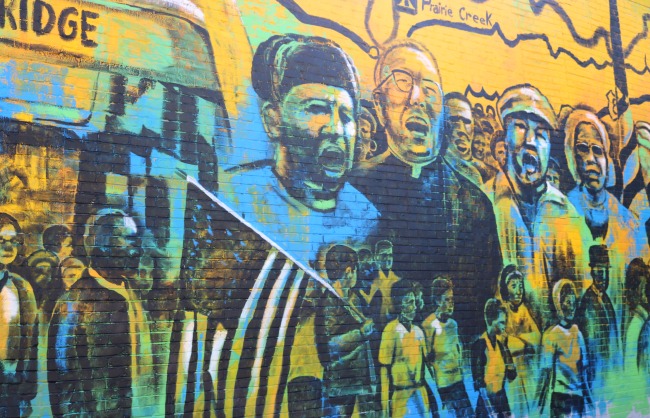
Be sure to stop by the Exhibition Hall to visit the current exhibits. Until November 2017, the Center will feature “The Fabric of Race,” an exhibit by Renee Billingslea that examines racial violence and lynching in America. It’s a heartbreaking look into the not so distance past. While the museum is not large in size, plan to spend one to two hours to take in all the exhibits. The museum is open Monday through Friday from 9:00 AM – 5:00 PM and 9:00 AM- 3:00 PM on Saturdays. An admission fee of $7.50 is charged for adults and children 12 and under are $5.50.
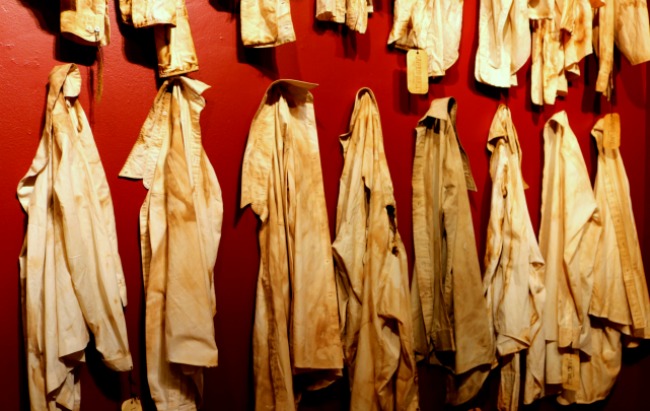
2. Civil Rights Memorial & Center “We will not be satisfied until justice rolls down like waters and righteousness like a mighty stream,” Martin Luther King once said. Today, the Civil Rights Memorial & Center continues to carry out his mission of recognizing Civil Rights Heroes and social injustices. The exhibit begins with a wall celebrating the life of 40 Civil Rights martyrs, 8 white and 32 black, ranging in age from 11 to 66, describing why and how they were killed. These people were chosen because they met one of three criteria; they were active in the Civil Rights Movement, their brutal murders helped incite the movement, or they were killed in acts of terror and intimidation.
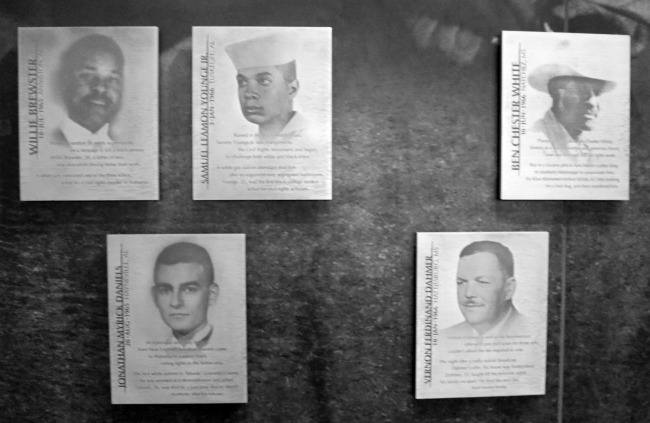
Other Exhibits include a twenty-minute film, “Faces on the Water,” that brings the Civil Rights movement and martyrs to life and an exhibit featuring people who have been martyred in the recent past for their beliefs or their nationality. The Center ends with a Wall of Tolerance where visitors can take a pledge to stand for justice, equality and human rights. The Civil Rights Memorial is available free of charge and is open 24 hours a day. The Civil Rights Center has an admission price of $2 for adults, while children are free. The center is open from 9:00 AM until 4:30 AM, Monday through Friday and from 10:00 AM until 4:00 PM on Saturdays.
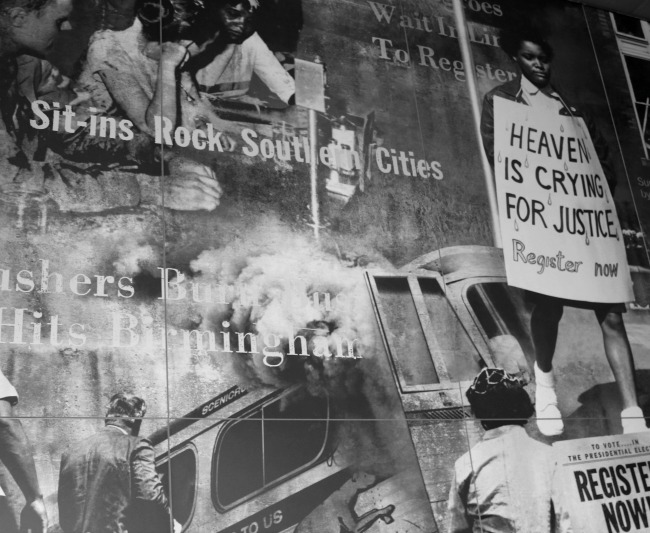
Be aware that purses and contents of pockets must be sent through a metal detector before entering the Center exhibition hall. Allow at least an hour to fully experience the Center. The Civil Rights Memoria & Center, a division of the Southern Poverty Law Center, is located at 400 Washington Street.
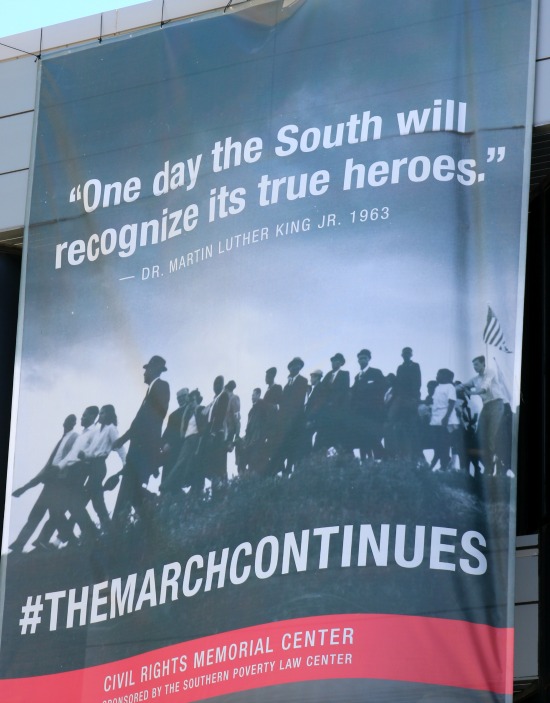
3. Dexter Avenue King Memorial Baptist Church – Before Dr. Martin Luther King, Junior was known for his work in the Civil Rights movement, he became the pastor of Dexter Avenue Baptist Church. (The name was changed to Dexter Avenue King Memorial Baptist Church in honor of Dr. King in 1978.) Members of the affluent black church were key players in the Civil Rights movement and the Montgomery Bus Boycott. Today you can enter the basement of the church and find Dr. King’s office set up as it was when he worked there. It was amazing to see where so much of the Civil Rights movement was planned and stand behind the pulpit Dr. King used in his famous, “How Long? Too Long!” speech.
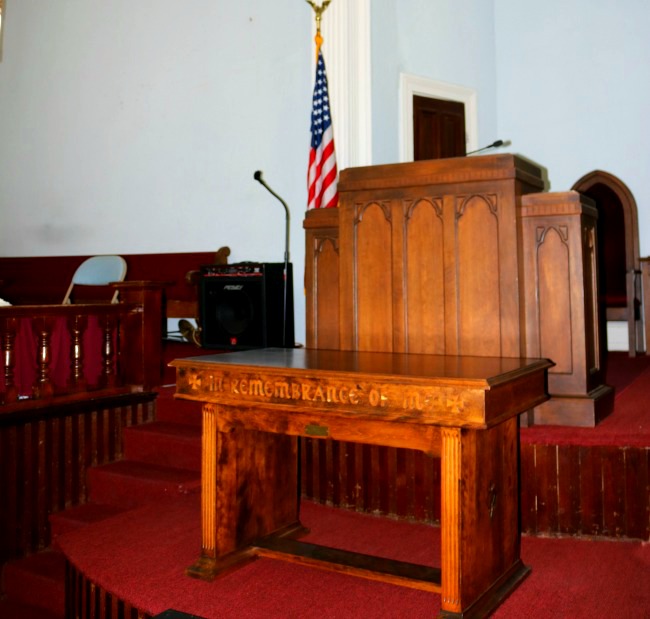
The history of the church and the Civil Rights movement is explained by the expert commentary of their docent, Ms. Wanda Battle, who has a gift for bringing the past to life. Not only was she entertaining and educational, she made the tour hands-on as well, allowing us to stand behind the pulpit and repeat speeches and leading us in song. As Ms. Wanda stated during the tour, “Enter as strangers but leave as friends.” After the downstairs tour, we were allowed to visit the main sanctuary, where weekly services are still held. Guided tours are available Tuesday through Friday, hourly from 10:00 AM -3:00 PM and on Saturdays from 10:00 AM- 1:00 PM. A separate Parsonage tour of the home Dr. King lived in from 1954-1960 is also available. Admission is charged and church tours are $7.50 per person.
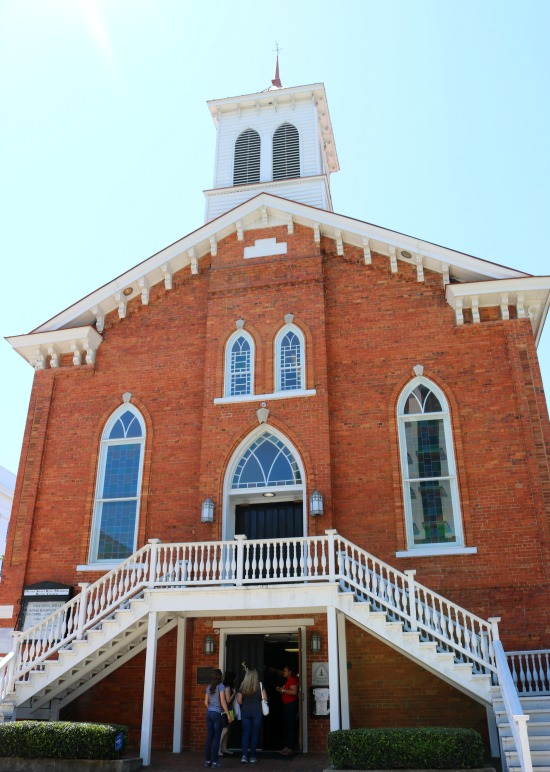
4. Equal Justice Initiative – The Equal Justice Initiative focuses on several core missions including racial justice and children in prison. Although the present museum is small, they are making a big impact with their present and future programs. Their new museum From Enslavement to Mass Incarceration is slated to be opened in 2018. Destined to sit “within 150 yards of one of the South’s most prominent slave auction sites and the Alabama River dock and rail station where tens of thousands of enslaved black people were trafficked,” the museum will provide exhibits and artifacts on racial segregation and lynching.
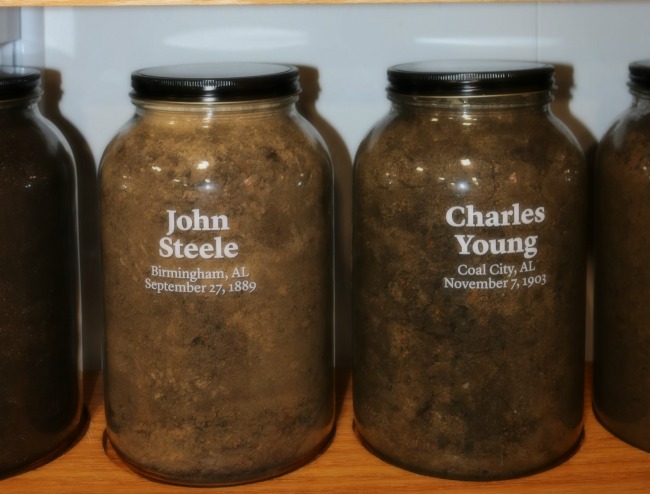
Plans are also in the works to build a lynching memorial. This memorial will sit on a hill overlooking Montgomery and be dedicated to the over 4000 victims of racial violence between 1877 and 1950. At the present time, the EJI offers guided tours of their facility. Reservations must be made in advance. The EJI is also working on a Community Remembrance Project of victims who were lynched across the United States. Volunteers gather soil from lynching sites around the country. These jars are labeled with the name of the victim. Some of the jars were marked “Unknown.” I asked how they were able to determine a lynching had occurred if they were unsure of the victim. The EJI representative explained they searched historical documents for lynchings across the country. While some reports didn’t list the victim’s name, the sites were verified through the documents. The EJI is located at 122 Commerce Street.
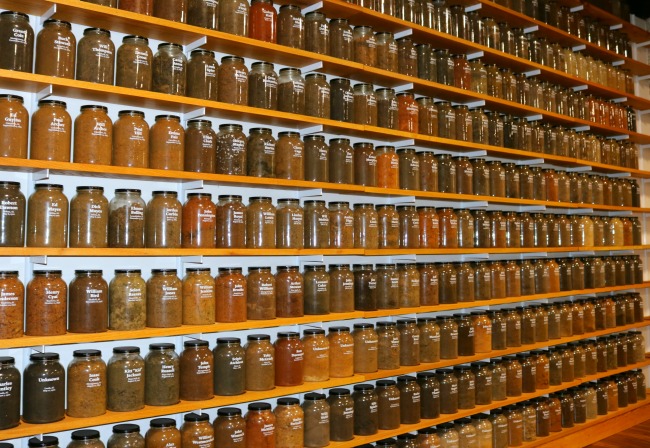
While you are in the area, be sure to check out the revitalization of downtown, along with the Kress Building, located on Dexter Avenue. Built in 1929, this historic building was once the site of lunch counter sit-ins for Civil Rights. Today it is being restored to its original grandeur and will house shops, restaurants, and apartments when it reopens.
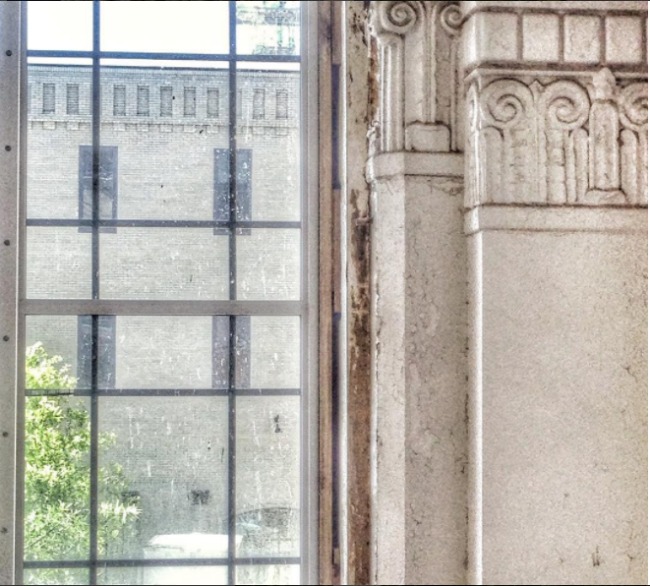
Have you been to Montgomery, Alabama? Which Civil Rights Sites would you visit first?



Pingback: Montgomery, Alabama Fine Dining Guide
I live downtown and really enjoy the city.
I have not been to a civil rights site before. My husband loves reading about history and I am sure he would love to visit Montgomery.
I love historical sites, ill have to add some of these to my travel plans. Thanks for sharing.
Thank you for sharing these civil rights sites. I hope to visit one day soon with my kids.
I literally was in Mongomery last month and it does have a very historic feel to it. So much knowledge and great list for civil rights site here since this is a place where it was held in that era.
Pingback: Must Visit Family Attractions Montgomery, Alabama
Wow what a place full of history! Civil war is so interesting despite the violence. The lynching memorial makes people realize just how horrible lynching was and the people that were impacted.
I’ve never been to Alabama at all. This sounds like a great area for history buffs to spend some time, as well as those who just want to learn about our nation’s history.
I was planning to visit my friend in Alabama. I sure would love to get to the places you mentioned.
Civil rights and equality are topics very near to my heart, so I would imagine visiting these historic sites to be an extremely emotional experience. Some of these photos alone are enough to bring tears to my eyes.
I have never been to Alabama before, but there are so many neat historical places to visit! I would love to check out the Rosa Parks museum.
I got goosebumps about the jars which are labeled unknown. I guess visiting this place will really bring some sort of nostalgia on what has happened before.
I wish I can go and visit Alabama too. Well, who knows, there might be an opportunity to be there. Still I am positive to that so for now I will bookmark this and see if I will be able to visit this very very soon.
Wow what some amazing places to visit, the jar wall looks so moving, it sort of takes my breath away and I don’t have the words, it is very powerful.
The wall with the jars containing the soil and victims names….stole my breath away. My heart. Those names were human beings. Such a painful time in history.
I havent been to this part of the world so I havent had a chance to visit the Civil right sites. Will do when I get to the areas soon. Must have been an moving experience.
That would be such a moving experience to visit these places! I love being able to find places that are important in history to visit. If we ever get to Montgomery, these will be on our list to see.
The Fabric of Race gave me chills. It’s so important to remember where we’ve been as a country so we never return there again! Thank you for sharing this.
These had to be some incredibly moving sites to visit. I’m such a history buff and would love to go to Montgomery one day.
I can’t believe I’ve never visited any of these civil rights sights. I’ve visited all the Martin Luther King, Jr. sites in Atlanta on several occasions, but I would love to visit Montgomery and check out the Rosa Parks Museum and Library. She’s such a hero!
My husband is huge into the civil war and would love to visit all of these sites. I think I might just have to plan a trip 🙂